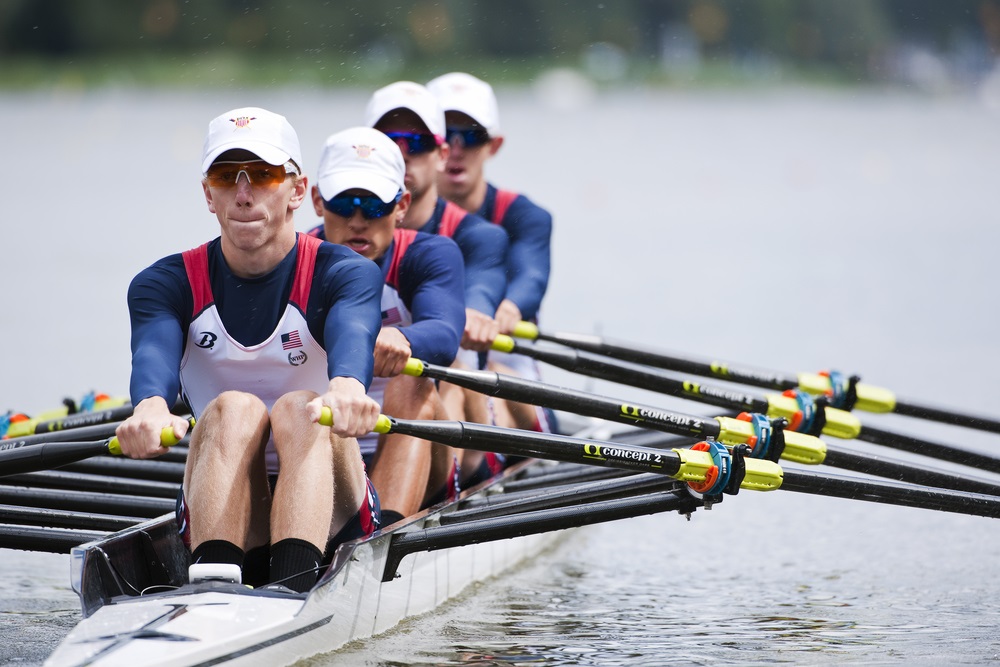Community Engagement Through Rowing – Peter A Derow

Rowing is often seen as a sport of discipline, precision, and teamwork, but its impact goes far beyond the water. By fostering community engagement and inclusivity, rowing serves as a powerful tool for building connections, bridging socioeconomic gaps, and promoting social development. In this article Peter A Derow explores how rowing can bring communities together, the partnerships that make it possible, and the positive outcomes for underserved populations.
1. The Role of Rowing in Community-Building and Outreach
Rowing inherently promotes collaboration, making it a natural avenue for fostering community connections:
- Shared Goals:
- The sport’s team-oriented nature teaches individuals to work together toward a common purpose, creating bonds that extend beyond the boat.
- Bridging Divides:
- Rowing programs provide opportunities for diverse groups to interact, breaking down social and cultural barriers.
- Skill Development:
- Participants not only gain athletic skills but also learn communication, leadership, and resilience—qualities that strengthen communities.
Example: Cities with rowing programs often see improved community cohesion as people of all backgrounds come together to support youth development and local initiatives.
2. Collaborations Between Rowing Clubs and Local Non-Profits
Many rowing clubs partner with non-profits to expand access to the sport and amplify its benefits:
- Youth Empowerment Programs:
- Collaborations with organizations like Urban Youth Impact or Row New York provide opportunities for underprivileged youth to experience rowing.
- These partnerships combine sports with mentorship, tutoring, and life skills training.
- Community Resources:
- Non-profits often help clubs secure funding, equipment, and coaching resources, ensuring that programs are sustainable.
- Local Impact:
- Rowing clubs and non-profits working together enhance outreach efforts, attracting participants who might not otherwise have access to such opportunities.
Impact: These partnerships create transformative experiences, fostering personal growth and expanding possibilities for participants.
3. The Social and Economic Impact of Rowing Programs in Underserved Areas
In underserved areas, rowing programs can drive significant social and economic change:
- Social Development:
- Youth in these programs often gain a sense of belonging, purpose, and achievement.
- Programs that integrate academic support and life coaching help participants build well-rounded futures.
- Economic Opportunities:
- Rowing programs often lead to scholarships, internships, or career pathways, improving the economic mobility of participants.
- Community Investment:
- The presence of a rowing program can attract attention and funding from local governments, businesses, and donors, benefiting the broader community.
Example: In cities like Philadelphia and Boston, rowing programs have become hubs for community revitalization, sparking interest in waterfront development and local investment.
4. How Community Events and Races Strengthen Local Engagement
Rowing events and races are excellent platforms for building local pride and engagement:
- Regattas:
- Annual races bring together families, spectators, and community members, creating a festive atmosphere and showcasing the sport’s values.
- These events often serve as fundraisers, with proceeds supporting local rowing programs or charities.
- Volunteerism:
- Events provide opportunities for community members to volunteer, fostering a sense of ownership and involvement.
- Collaboration Across Groups:
- Races often involve multiple rowing clubs, schools, and non-profits, strengthening inter-community relationships.
Impact: Events like the Head of the Charles Regatta not only draw international attention but also create lasting memories and partnerships within local communities.
5. Creating Inclusive Rowing Programs for Underrepresented Youth
Inclusivity is essential for ensuring that rowing reaches its full potential as a community-building tool:
- Lowering Barriers to Entry:
- Providing free or low-cost access to equipment, coaching, and facilities makes rowing accessible to underrepresented groups.
- Cultural Representation:
- Recruiting diverse coaches and mentors ensures that participants see role models who reflect their experiences.
- Adapting to Community Needs:
- Programs tailored to the specific needs of marginalized groups, such as adaptive rowing for individuals with disabilities, expand inclusivity.
Example: Rowing clubs that actively partner with local schools and youth organizations have successfully introduced underrepresented populations to the sport, fostering diversity and inclusion.
Conclusion
Rowing’s impact on community engagement is profound. By fostering partnerships between clubs and non-profits, promoting inclusivity, and driving economic and social development, rowing has the power to transform underserved areas and bring diverse groups together. Community events and accessible programs create a sense of pride and belonging, ensuring that rowing is not just a sport but a catalyst for connection and opportunity. As more communities embrace rowing, its potential to uplift and unite continues to grow, proving that its true power lies far beyond the water.








